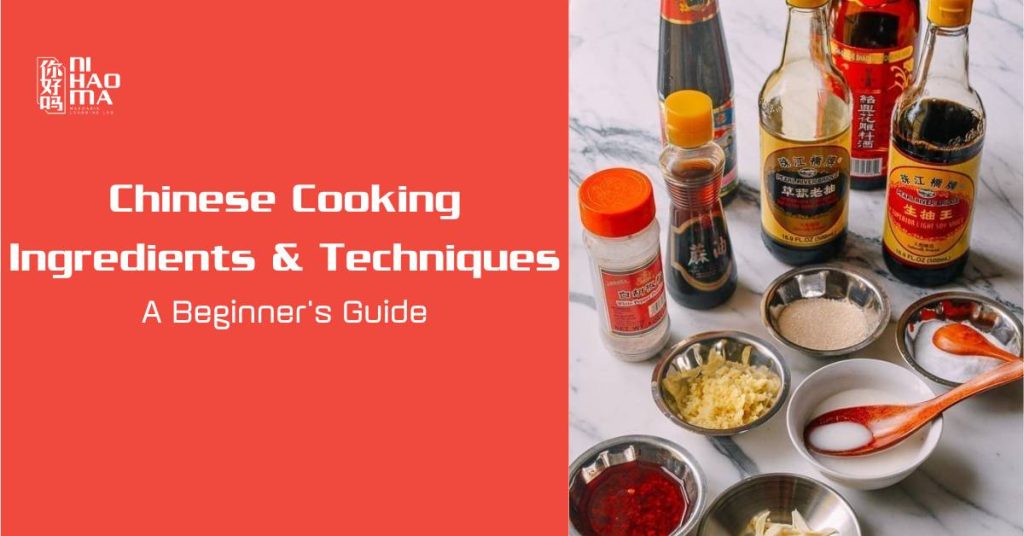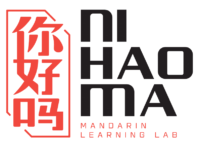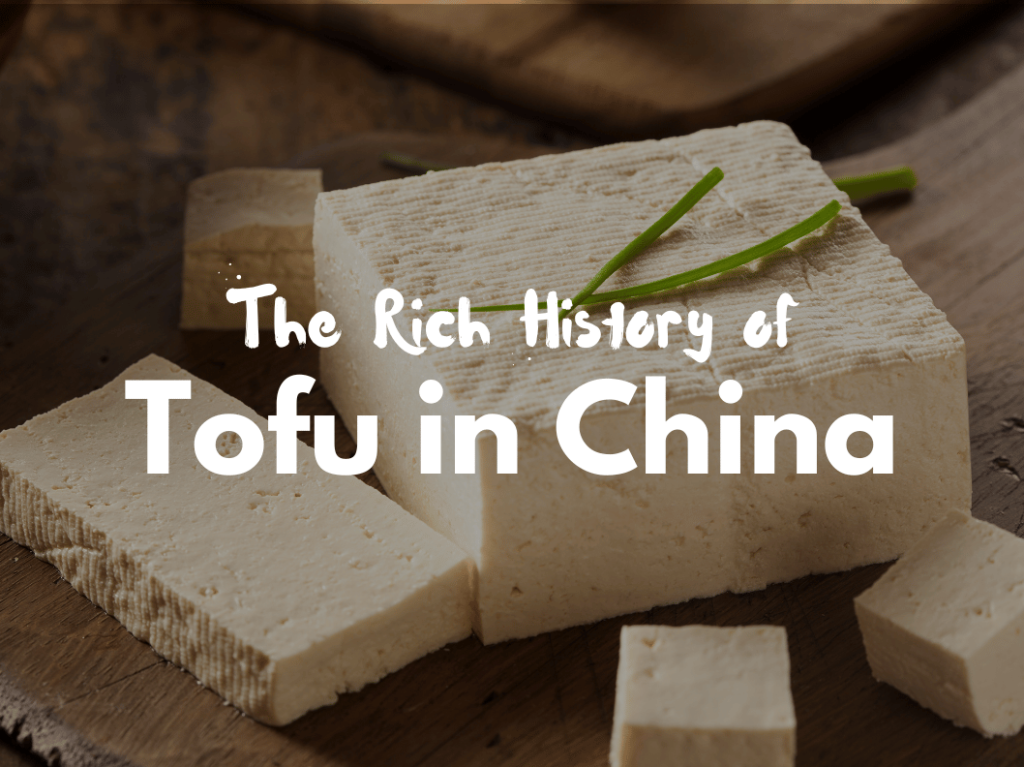Discover staple Chinese cooking ingredients to elevate your culinary creations! Explore essential spices, sauces & more for authentic Chinese flavors at home!

Are you fascinated by the flavors of Chinese cuisine? What is the secret behind that umami-rich stir-fry or the comforting warmth of a hearty soup? The magic lies in the Chinese cooking ingredients! Intrigued? Let’s dive into this article to discover what makes your favorite Chinese dishes unique and delicious!
8 Key Chinese Cooking Ingredients
Chinese cuisine is among the most diverse and flavorful in the world, with a rich history and various cooking styles and flavors. No matter which region’s cuisine you’re sampling, there are certain key ingredients you will come across repeatedly, as listed below:
Soy Sauce
Soy Sauce is a commonly used ingredient in Chinese cuisine. People use fermented soybeans, water, wheat, and salt to make this sauce. It also provides a savory, umami flavor, a fundamental aspect of Chinese cuisine. Soy sauce comes in two primary varieties: light and dark. Light soy sauce is thinner and saltier, often used for seasoning and marinating. On the other hand, dark soy sauce is thicker and less salty, with a sweet aftertaste, often used for coloring, glazing, and adding depth to stews and braised dishes.

Oyster Sauce
Another essential ingredient in Chinese cooking is Oyster Sauce. This thick, dark brown sauce is made by simmering oysters in water for a long time until the juices caramelize into a dense, savory, slightly sweet, and deeply umami sauce. It’s a key component in several iconic Chinese dishes, such as Broccoli Beef and Lo Mein. This sauce adds a complex flavor profile and a glossy sheen to food, enhancing its visual appeal and taste.
Sesame Oil
Next up is Sesame Oil. This ingredient is made from toasted sesame seeds. It has a robust and nutty aroma that enhances the overall flavor profile of dishes. It’s typically used as a finishing oil, added at the end of cooking to seal in savor, rather than as a cooking oil. Sesame oil is crucial in many stir-fries, marinades, and sauces. Moreover, it’s a secret weapon in the arsenal of many chefs!
Shaoxing Wine
Shaoxing Wine, named after the Shaoxing region in Zhejiang province where it’s produced, is a type of yellow wine used extensively in Chinese cooking. This amber-colored liquid is also known for its distinct, slightly sweet flavor that adds depth to various dishes. It’s used in marinades, braises, and stir-fries to tenderize meat and seafood to remove unwanted “gamey” tastes. Besides, its unique aroma also enhances the flavor of vegetables and sauces.
Five Spice Powder
Five Spice Powder is a robust seasoning backbone of many Chinese dishes. As the name suggests, it consists of five spices: star anise, cloves, Chinese cinnamon, Sichuan (Chinese) peppercorns, and fennel seeds. This combination offers a unique blend of sweet, savory, bitter, and spicy flavors all in one. It is used to marinate meats, in stews, and even as a condiment in fried foods. Especially, the balance of savors that this ingredient brings to a dish exemplifies the Chinese culinary philosophy of harmony.

Garlic
Garlic is perhaps one of the most commonly used ingredients in Chinese cooking. Its pungent and spicy flavor profile not only adds a kick to the dishes but also helps balance the richness of other components. Garlic is used in a variety of ways in Chinese cuisine, from stir-fries and marinades to sauces and soups. It also has numerous health benefits, including boosting the immune system and reducing blood pressure, which aligns with the Chinese belief in food as medicine.
Ginger
Another pillar of Chinese cooking is ginger. This ingredient is known for its warm, spicy flavor and is used in various forms: minced, sliced, or even juiced, in numerous dishes. It is also popular in seafood, as it helps to remove any fishy smells and adds a refreshing taste. Apart from its culinary uses, ginger is also valued in traditional Chinese medicine for its anti-inflammatory properties and ability to aid digestion.
Scallions
Scallions, also known as green onions, are used both as a vegetable and a seasoning, giving several dishes a fresh, zesty flavor. They are chopped and sprinkled on food as a finishing touch or stir-fried with other ingredients to add a distinct aromatic savor. Scallions are also used in fillings for dumplings and pancakes or combined with ginger and garlic for a classic Chinese flavor base.

7 Popular Chinese Cooking Techniques
Chinese cuisine is renowned worldwide for its rich flavors, diverse ingredients, and distinctive cooking techniques. Its beauty lies not only in the taste but also in the way it is prepared.
Stir Frying
Stir-frying, or “chao,” is the country’s most commonly used Chinese way of cooking. It is a fast-paced technique involving constant stirring and tossing ingredients in a wok at high heat. The wok’s unique shape allows the food to cook quickly and evenly while retaining flavor and nutrients. This cooking method enhances the ingredients’ natural savor while creating a delightful interplay of textures.

Steaming
Steaming is one of the signature traditional Chinese cooking methods used for thousands of years. It involves cooking food by exposing it to steam, usually in a bamboo or metal steamer basket. This technique is also known for preserving the ingredients’ original flavor, color, and nutrients, making it a healthier choice. It is commonly used to cook dumplings, fish, and dim sum dishes.
Deep Frying
Deep frying in Chinese cuisine is not about creating greasy food but achieving a specific texture or sealing in flavors. This method is used to create a crispy exterior on foods like spring rolls, wontons, and fried chicken. The trick is to use high heat to quickly cook the food, resulting in a pleasingly dry, firm, and brittle texture and tender interior. The dish shouldn’t be excessively oily as long as the oil is hot enough and the food isn’t left to soak in.
Shallow Frying
Shallow frying is among the popular Chinese methods of cooking that involves frying food in a small amount of oil, just enough to cover the bottom of the pan. This technique is often used to cook thin slices of meat or vegetables. The key to perfect shallow frying is the right temperature of the oil. If it is too hot, the food will burn on the outside while remaining raw on the inside. However, the dish will be oily and soggy if the oil is too cold.

Braising
Besides the Chinese cooking methods mentioned above, people also commonly use braising. It involves two stages: first, the ingredients are seared at a high temperature and then simmered in a covered pot with a small amount of liquid. It can be a mix of soy sauce, rice wine, and other seasonings, infusing the dish with deep and complex flavors. This technique is perfect for tougher cuts of meat, as the slow cooking process breaks down the hard fibers and makes the flesh tender and flavorful.
Boiling
Despite its simplicity, boiling is an art in Chinese cuisine. It is not just about throwing ingredients into hot water. Besides, the Chinese have a technique called “quick-boiling,” where the components are rapidly cooked in boiling water and immediately removed to preserve flavor and texture. This method is often used for vegetables and thin slices of meat in hot pot dishes. The key to successful boiling is timing – too long, and the ingredients become mushy; too short, and they remain raw.
Roasting
Roasting is a popular Chinese cooking technique often used for larger items like whole ducks or pigs. The process involves cooking the food at a high temperature in an oven or over an open flame, resulting in a crisp exterior and juicy interior. A famous example of this method is the Peking Roast Duck, where the bird is air-dried and then roasted until the skin is crisp and the meat tender. This way of cooking brings out the natural flavors of the food, making it a favorite technique for celebratory meals.

Essential Chinese Kitchen Tools
While Chinese cooking styles and ingredients are integral to crafting authentic dishes, the tools used hold equal importance. Here are the things you should have in your kitchen to make Chinese food:
Bamboo Steamer
A bamboo steamer is an essential tool for making traditional Chinese dishes. Its unique design allows for multiple dishes to be cooked simultaneously, preserving the flavor and nutrients of each dish. The bamboo material absorbs excess moisture, ensuring your food is made to perfection and not soggy. It is primarily used for steaming dumplings, buns, and vegetables while maintaining their nutritional value and enhancing their natural flavors.

Chinese Cleaver
A Chinese cleaver is a multi-purpose tool for every Chinese kitchen. It is larger and heavier than a regular chef’s knife, allowing it to chop through bones and tough ingredients easily. Yet, it is also delicate enough to mince garlic and ginger, making it a versatile tool for various cooking needs.
Rice Cooker
A rice cooker is considered a necessity in most Chinese households and ensures perfectly cooked rice every time. In addition to cooking different types of rice, many modern rice cookers also come with settings for making congee, steaming food, and even baking cakes. It’s a simple yet ingenious tool that significantly simplifies the art of preparing staple Chinese dishes.
Chopsticks
Chopsticks are the most iconic of Chinese kitchen tools. Beyond just a utensil for eating, they are also used extensively in cooking. They are perfect for stirring, flipping, and picking up hot food without burning your hands. With some practice, you can even use them for delicate tasks like deboning fish.

Tips for Beginners in Chinese Cooking
If you are a beginner interested in mastering the art of Chinese cooking, below are some simple yet effective tips to guide you on your culinary journey:
Gather All Ingredients
The first step in Chinese cooking is gathering all the ingredients. Traditional Chinese recipes often include various ingredients, such as vegetables, proteins, sauces, and spices. Preparing all these things beforehand is essential to make the cooking process smoother. Besides, lways try to use fresh ingredients as they play a vital role in enhancing the taste and authenticity of the dishes.
Master Basic Cooking Techniques
Chinese cooking involves a variety of techniques, but there are a few basics that you should master first, including stir-frying, deep frying, steaming, and braising. Start with these methods as they form the foundation of most Chinese recipes. With practice, these ways of cooking will become second nature.
Start Cooking An Easy Recipe
As a beginner, start by cooking simple recipes. Dishes such as fried rice, chow mein, or an easy-to-prepare vegetable stir-fry are great. These foods require less time and fewer ingredients. Gradually, as you gain confidence, you can move on to more complex recipes.
Join Cooking Classes
Joining a cooking class can be very beneficial. It provides hands-on experience and direct guidance from experts. You can learn about different ingredients, their usage, and cooking techniques. Moreover, it’s fun to interact with fellow enthusiasts and share your culinary knowledge.
Watch Tutorials
In addition to traditional cooking classes, online tutorials are an excellent resource for beginners. Numerous chefs and cooking enthusiasts share their knowledge and expertise on platforms like YouTube, providing step-by-step guides for various Chinese dishes. Watching these videos can not only help you understand the process better but also pick up tips and tricks that aren’t usually found in written recipes.

Wrapping Up
Chinese cooking ingredients and techniques offer a diverse culinary landscape rich in flavor and history. Whether it’s soy sauce or the art of stir-frying, each aspect contributes to the unique tastes found in Chinese cuisine. Explore these things in your kitchen, and you might discover your favorite dish. Start your Chinese cooking adventure today!


